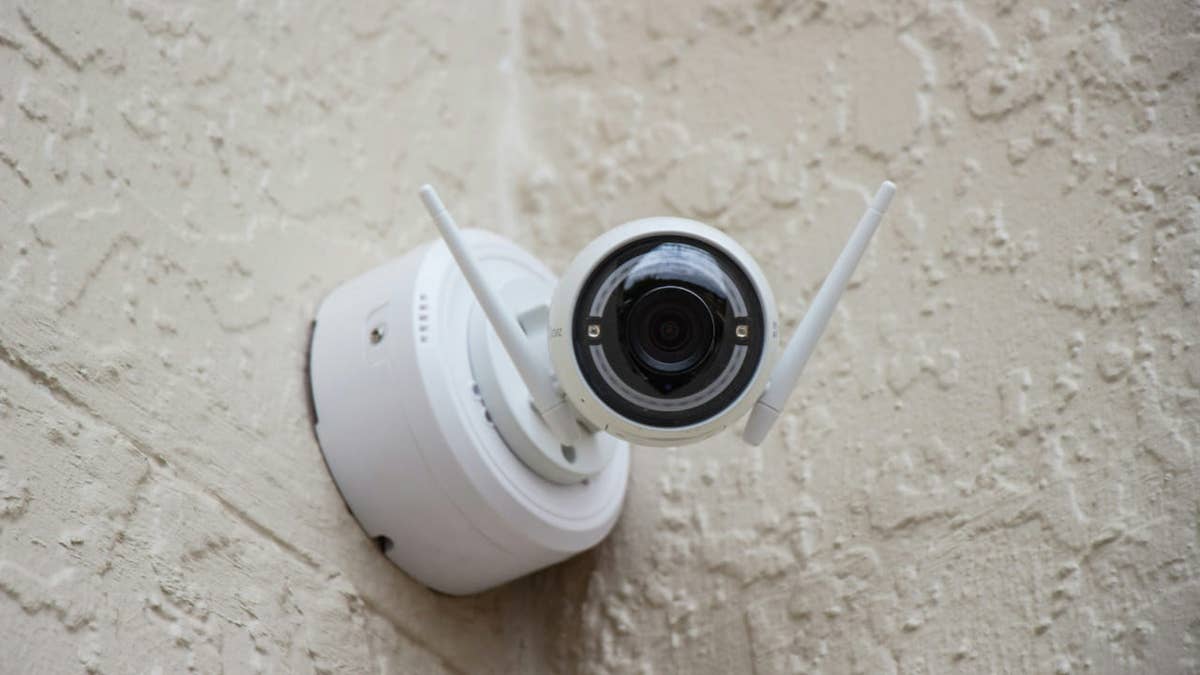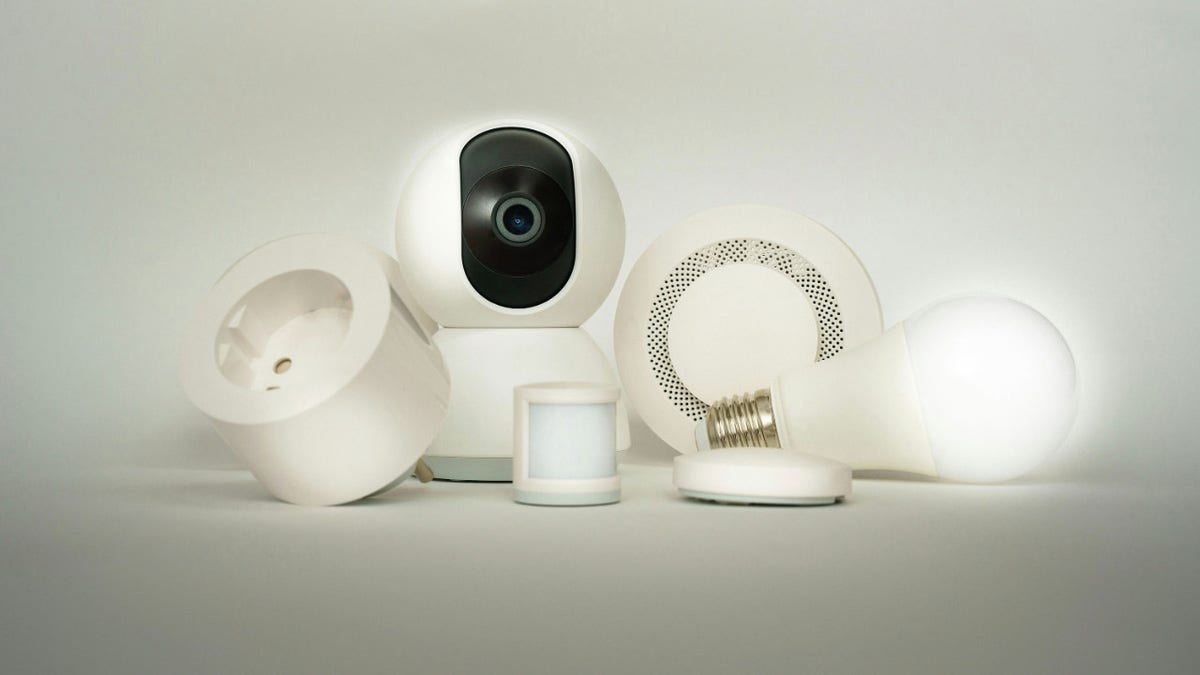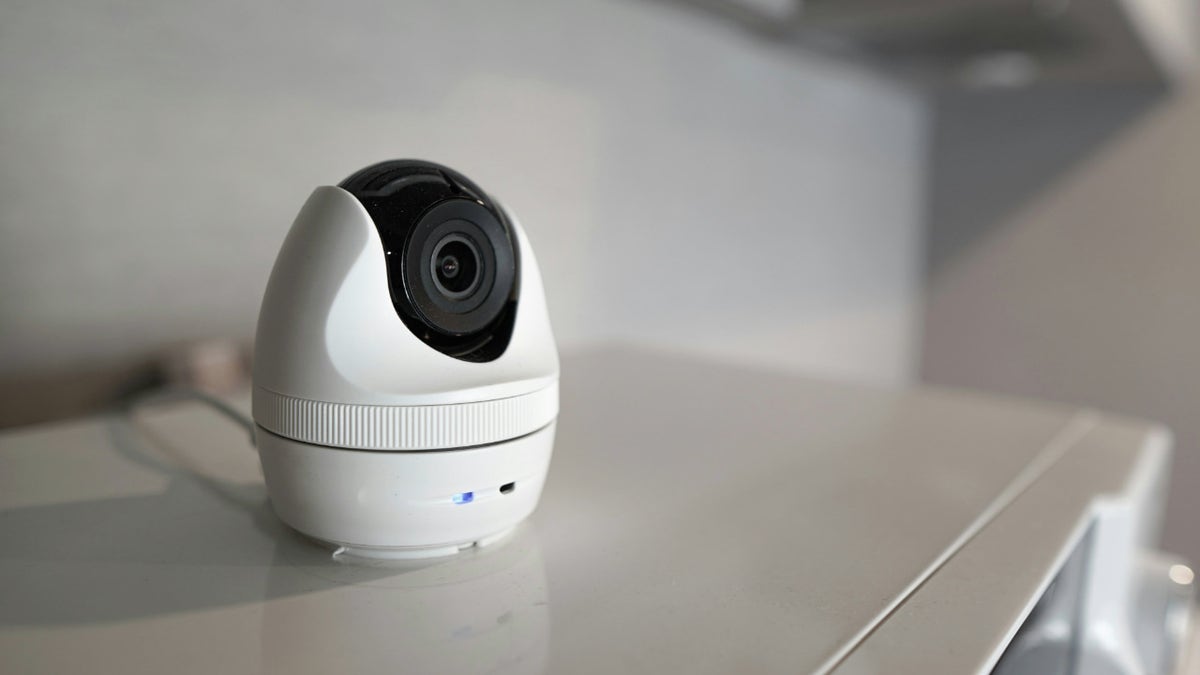Smart home cameras are increasingly common, offering convenient home monitoring. However, a recent study reveals these devices collect significant user data, raising privacy concerns. Outdoor security camera apps are the biggest culprits, gathering an average of 12 data points, including sensitive information like email addresses, phone numbers, payment details, and precise location. This is 50% more data than other smart home devices typically collect, with up to seven data points directly linked to your identity.

Indoor camera apps also collect substantial data, averaging nine data points, with six tied to user identities. This data includes email addresses, phone numbers, user IDs, device IDs, purchase history, and even audio data. While some of this information enhances user experience, it also poses privacy risks.
A major concern is the collection of personal information like names, email addresses, phone numbers, and physical addresses. Some apps, like Arlo, Deep Sentinel, and D-Link, even access contact lists, which can be accessed externally. This data collection often exceeds what's necessary for basic functionality.

Deep Sentinel and Lorex lead in data collection for outdoor cameras, gathering 18 out of 32 possible data points. Nest Labs tops indoor cameras with 17 data points, followed by Ring and Arlo with 15 each. The lack of industry standards and regulations exacerbates these privacy risks, leaving users vulnerable to data breaches, cyberattacks, and physical harm.

To mitigate these risks, users can take proactive steps:
- Limit data sharing within app settings.
- Regularly review and update privacy settings.
- Use strong passwords and two-factor authentication.
- Be mindful of camera placement, avoiding private areas.
- Consider local storage instead of cloud services.
- Use a VPN to encrypt internet traffic.
- Regularly review privacy policies.
- Consider home security systems with enhanced physical security features and adjust settings to minimize data collection.
The increasing prevalence of Internet of Things (IoT) devices necessitates greater awareness and proactive management of privacy settings. Users should be vigilant about the data their devices collect and take steps to protect their privacy in this connected world.








